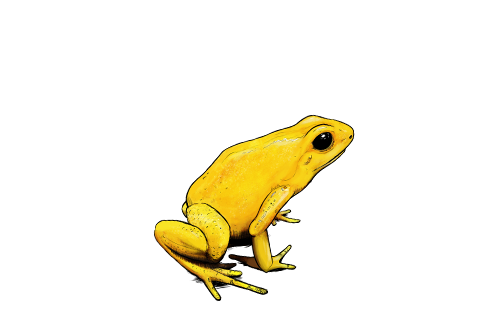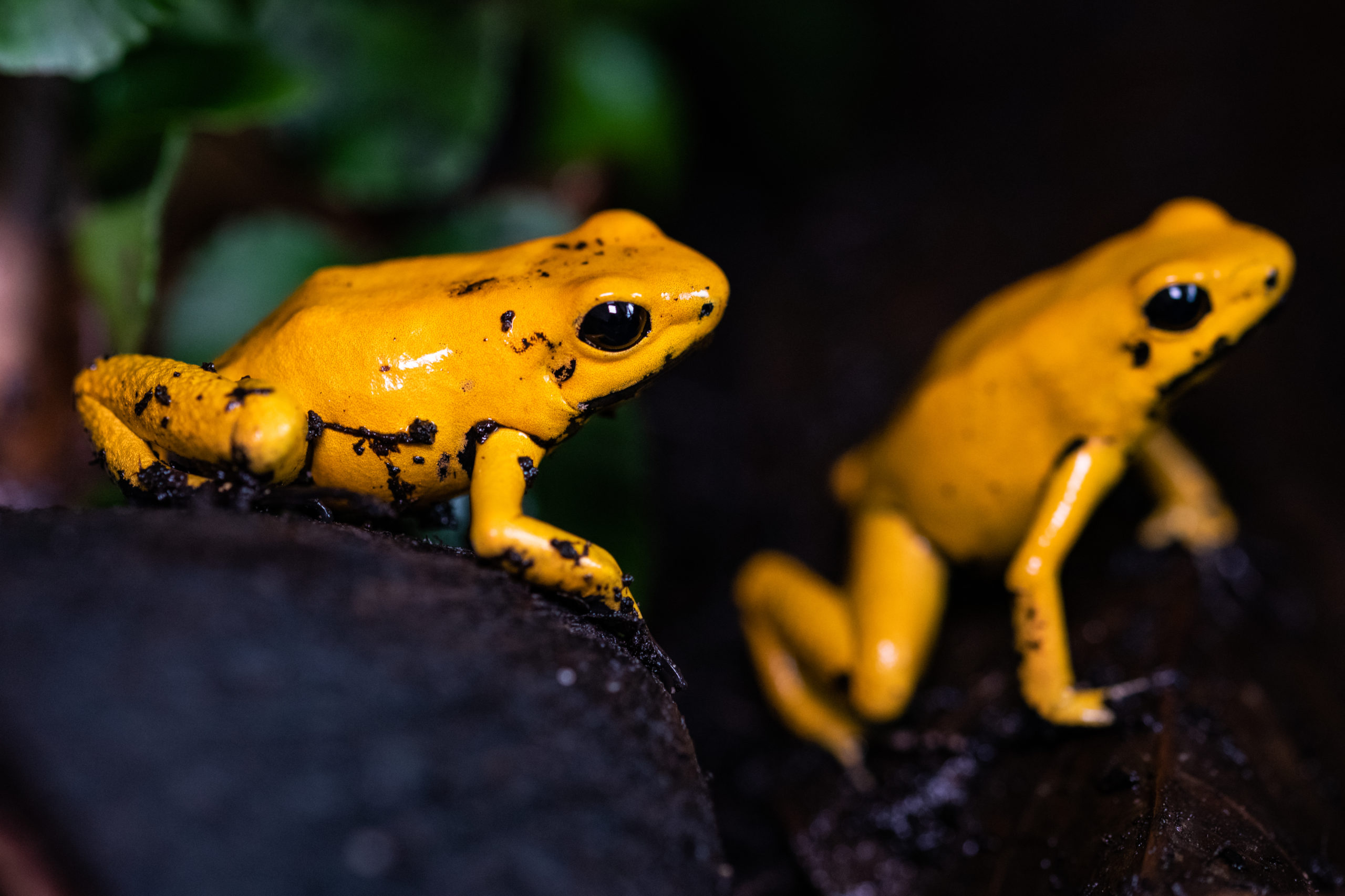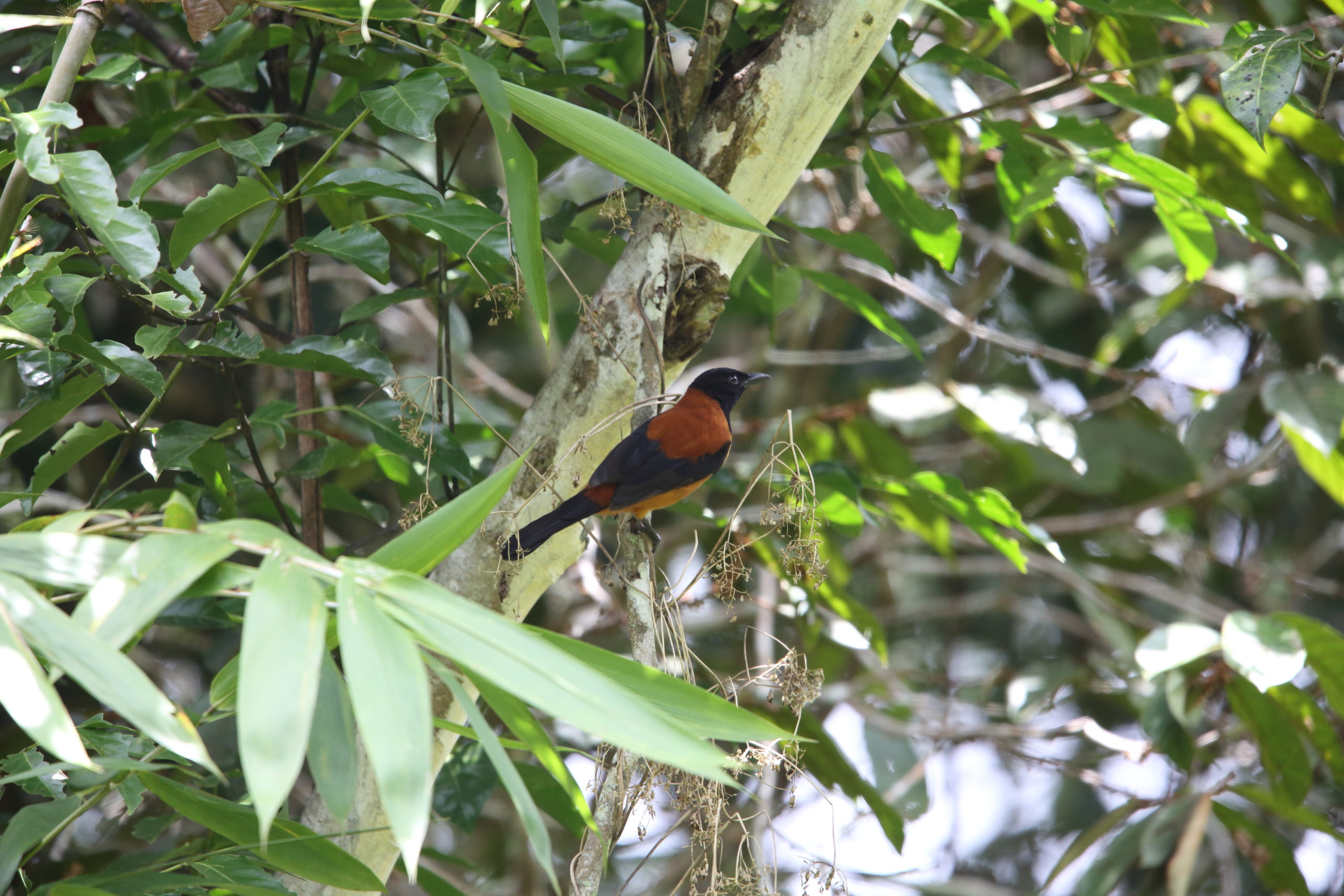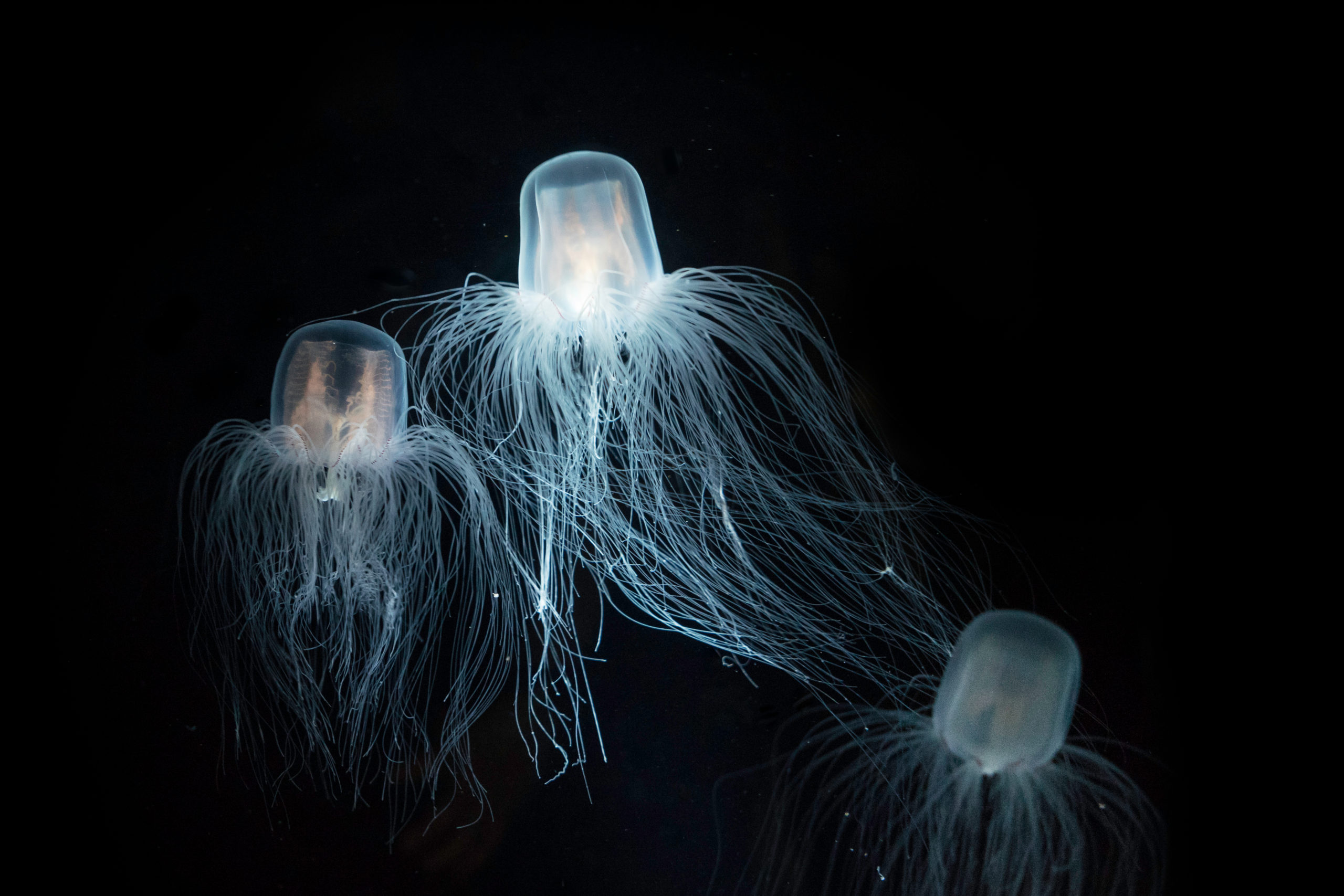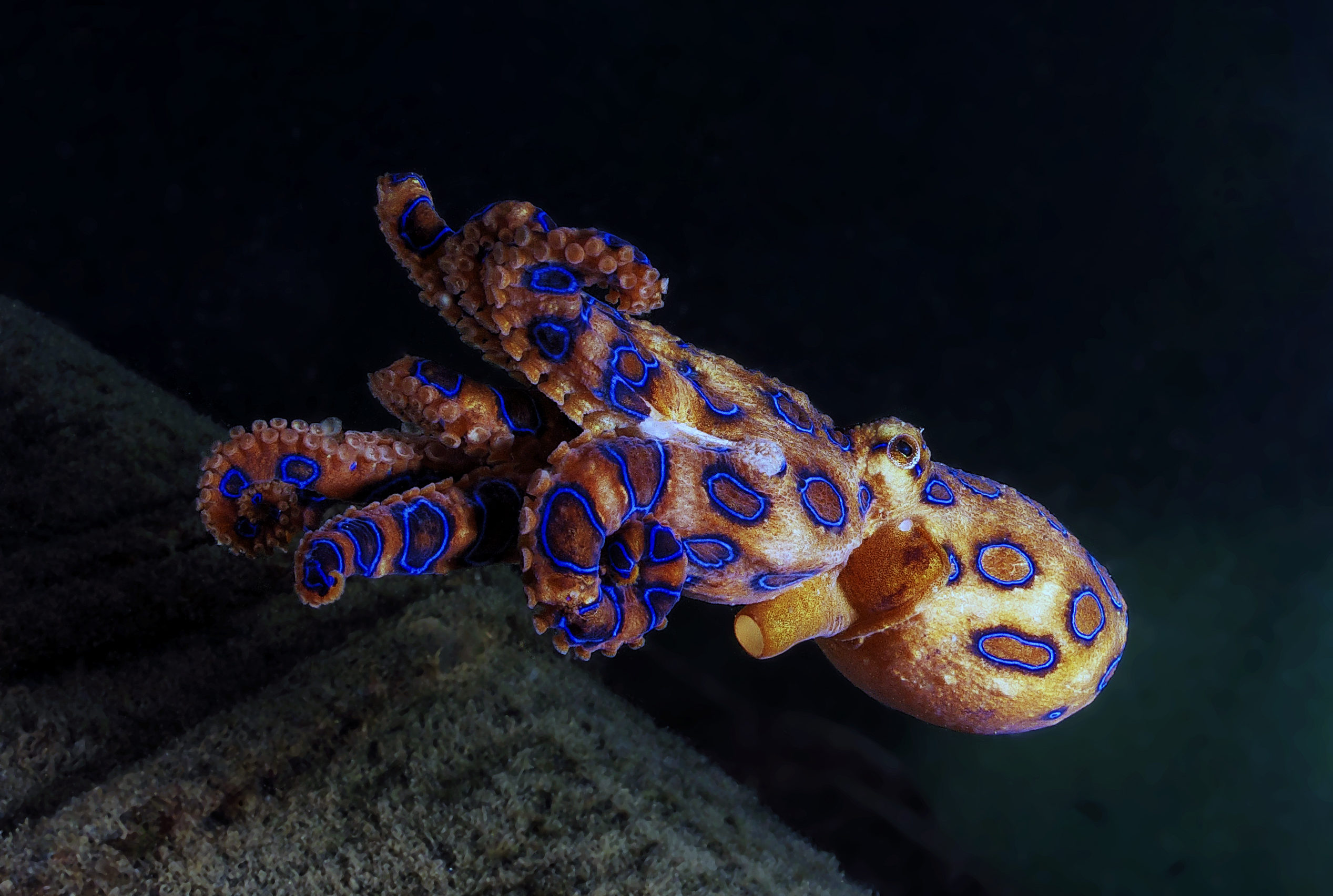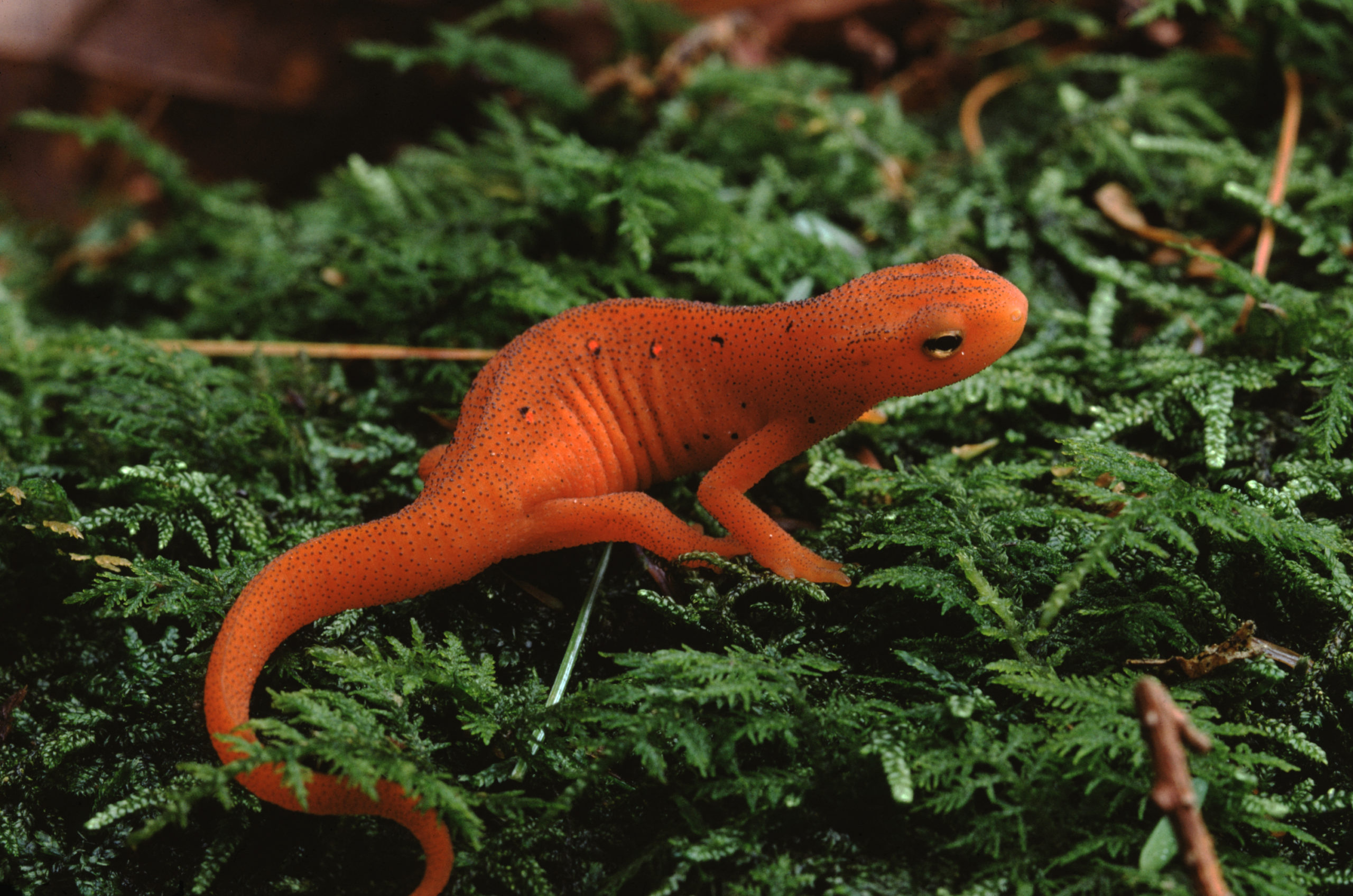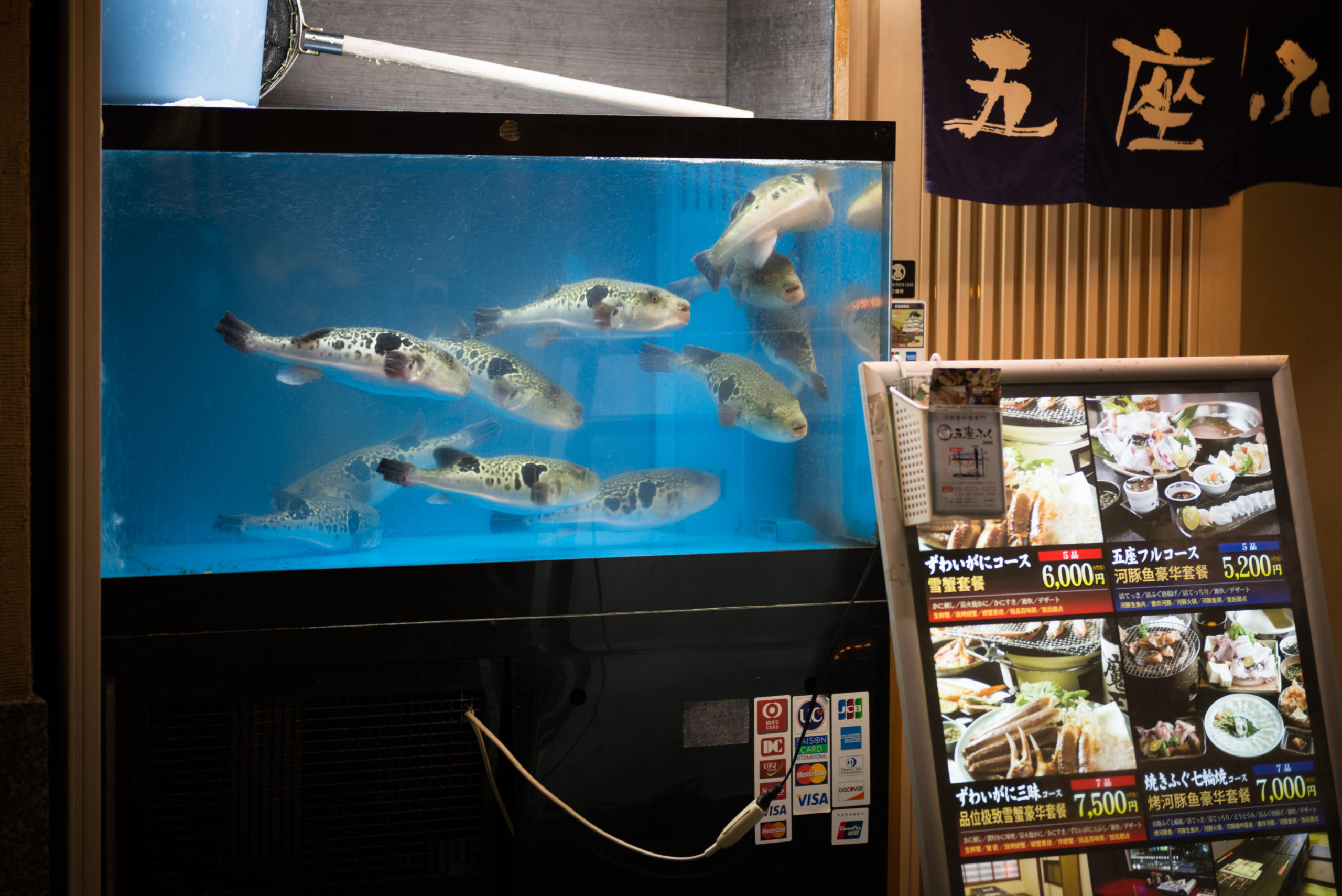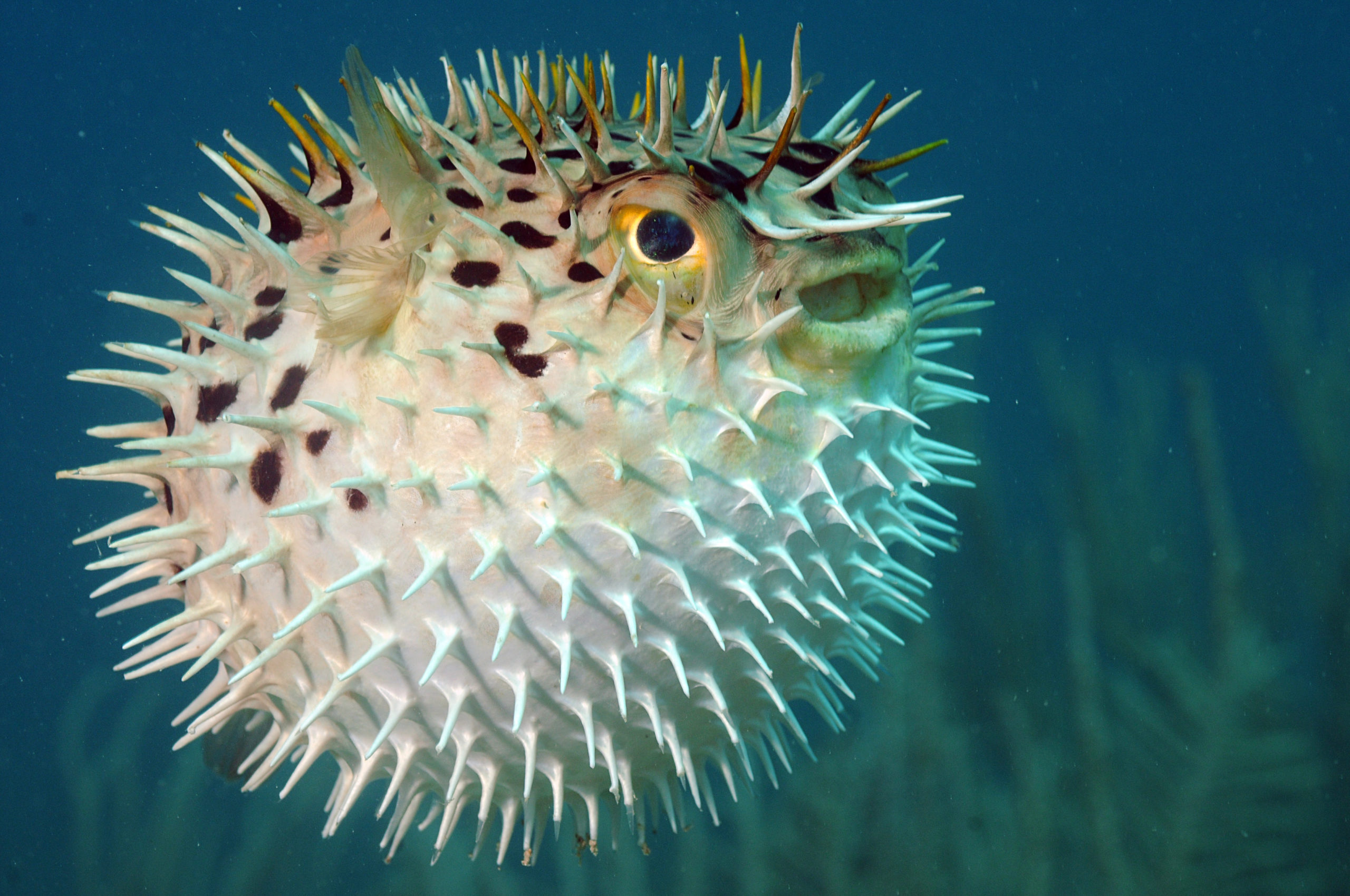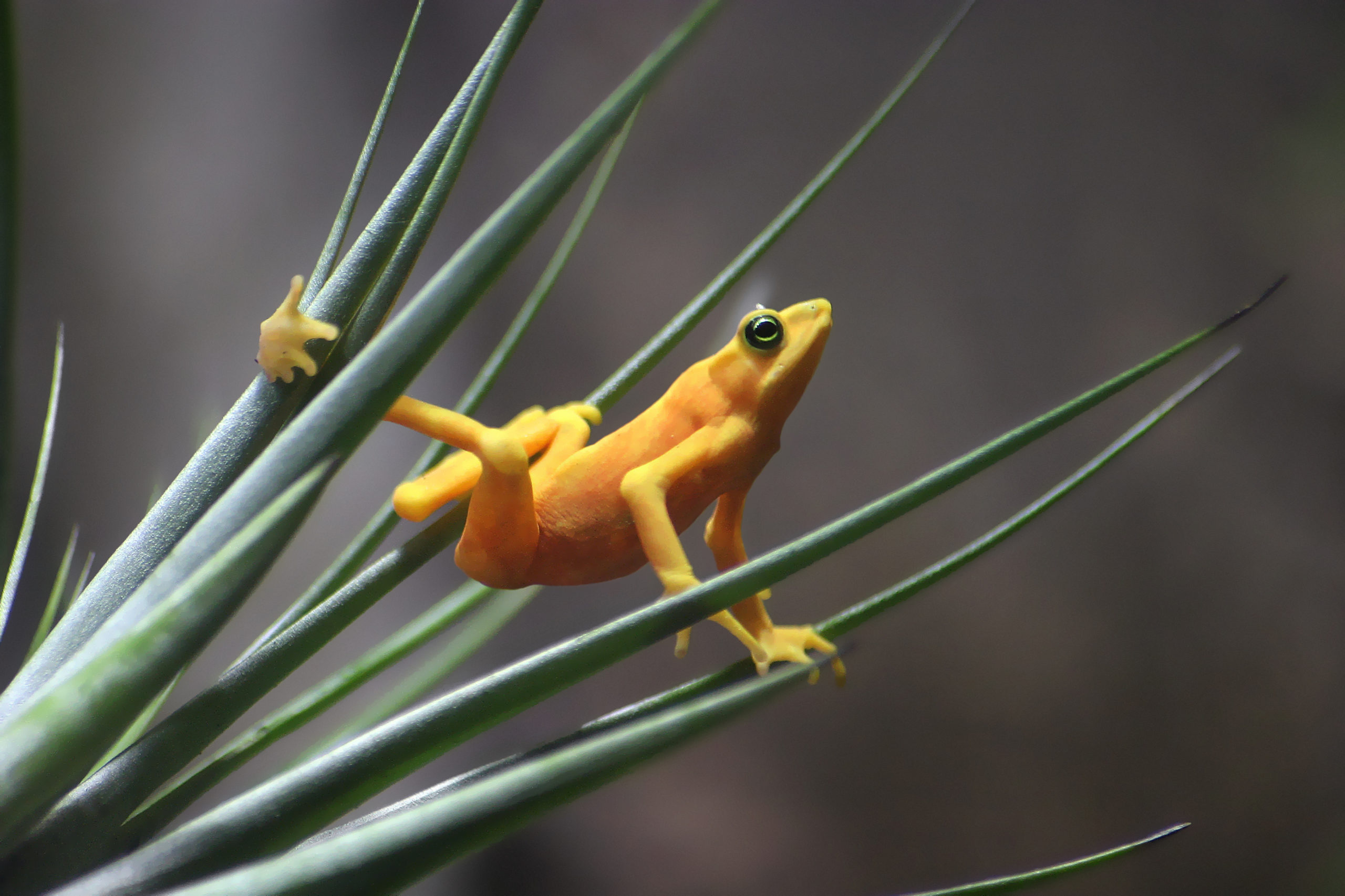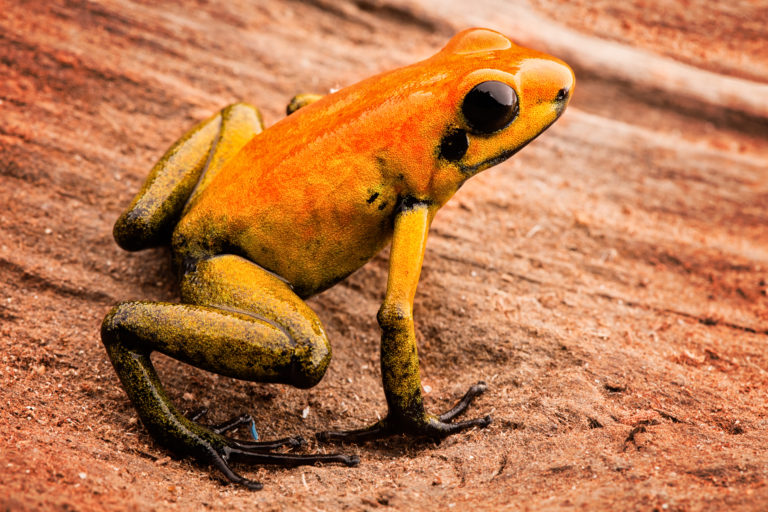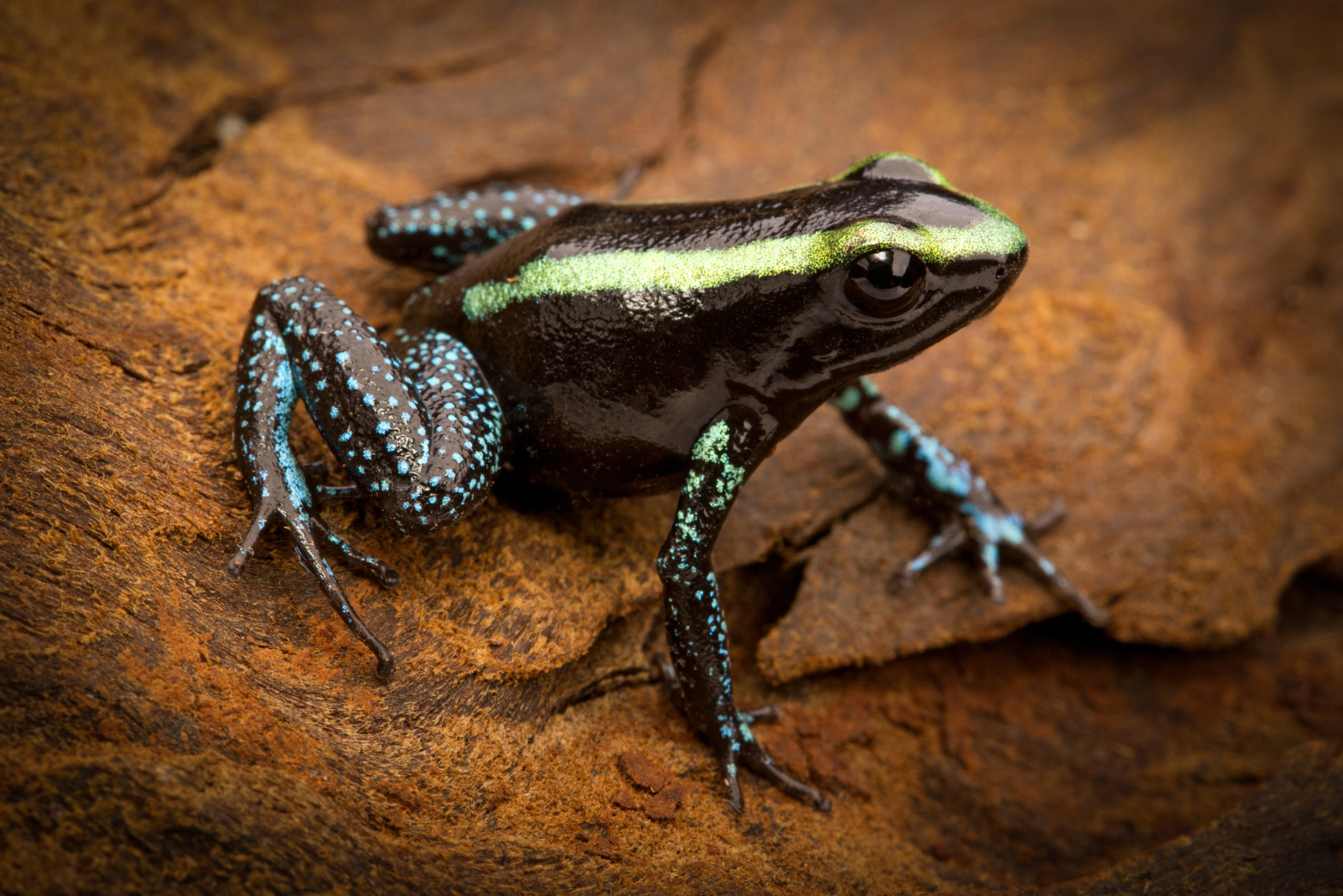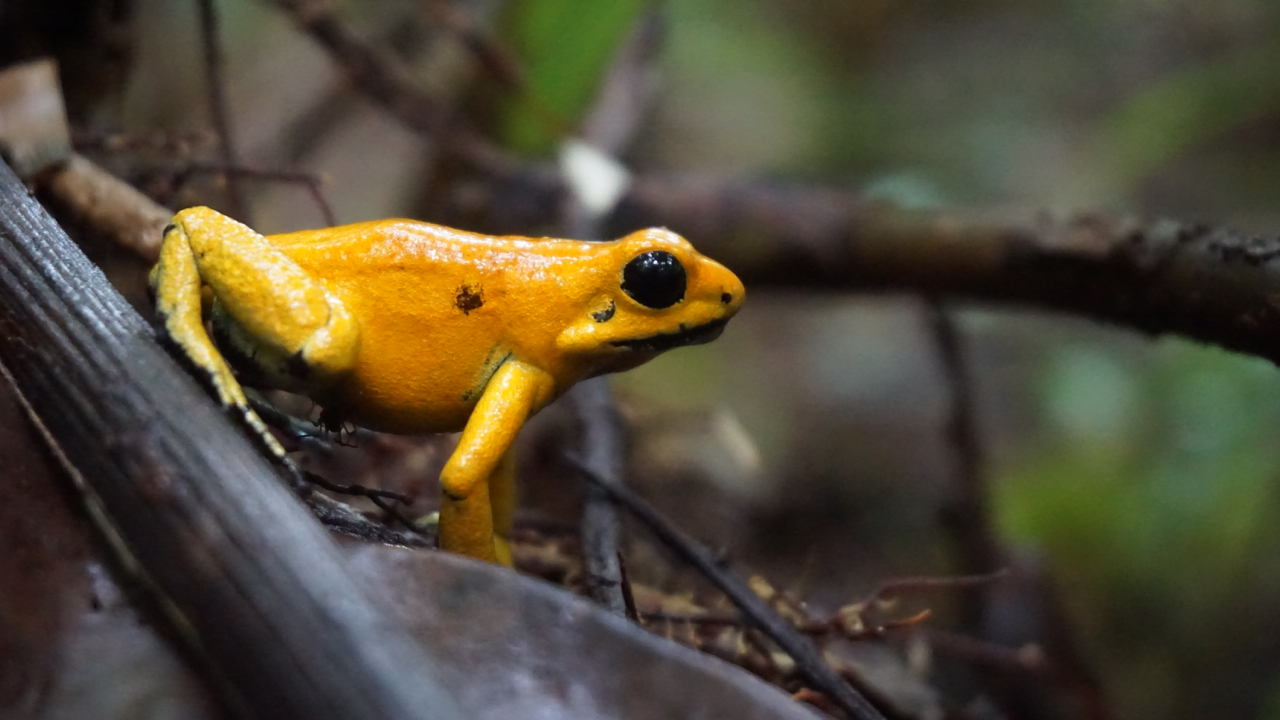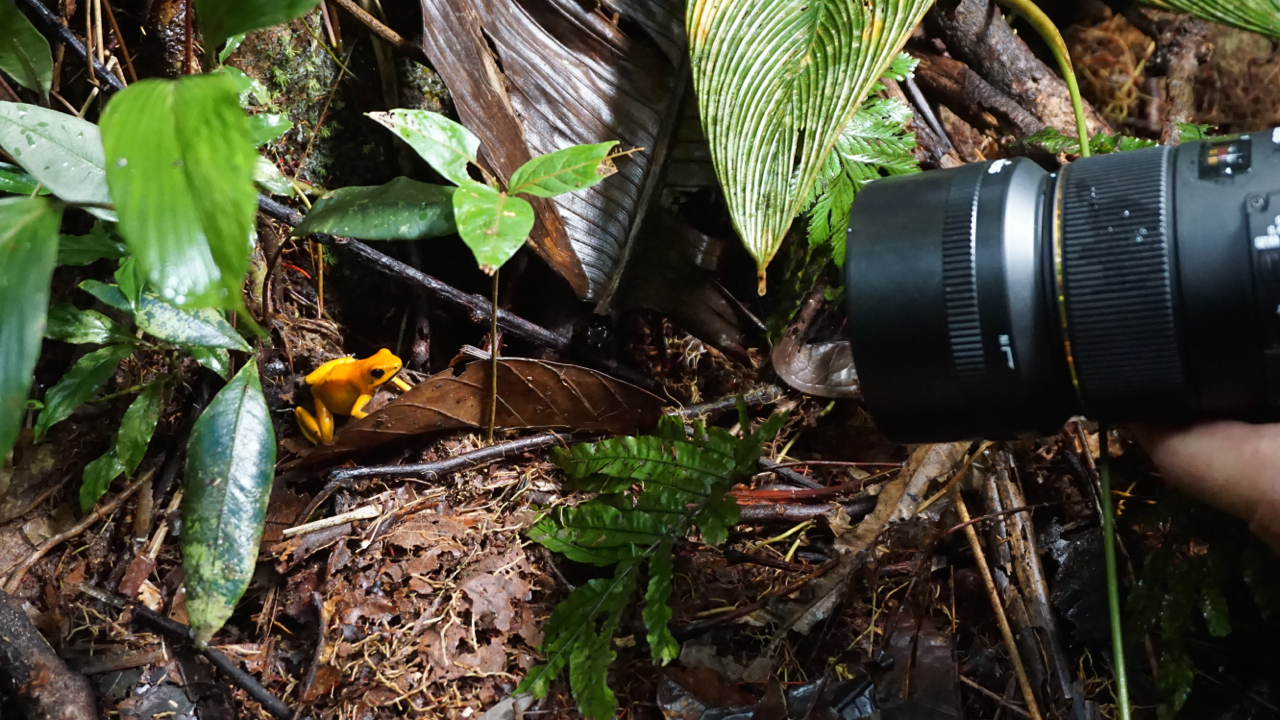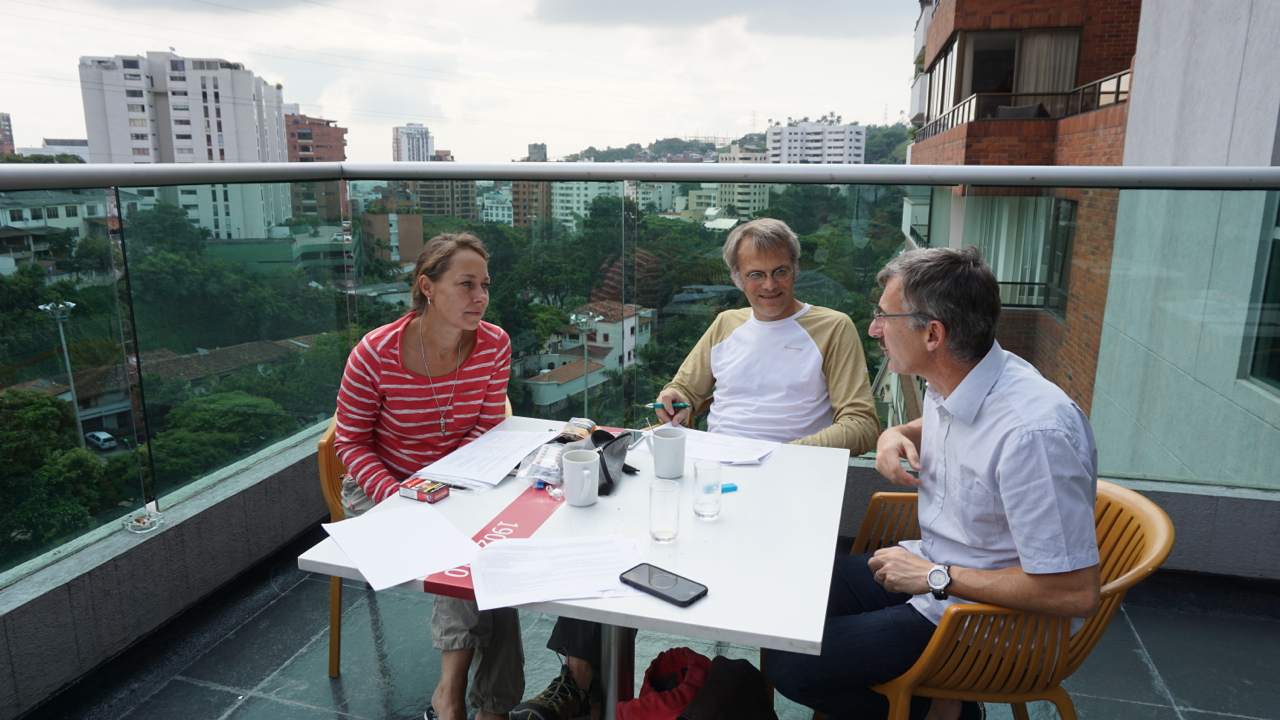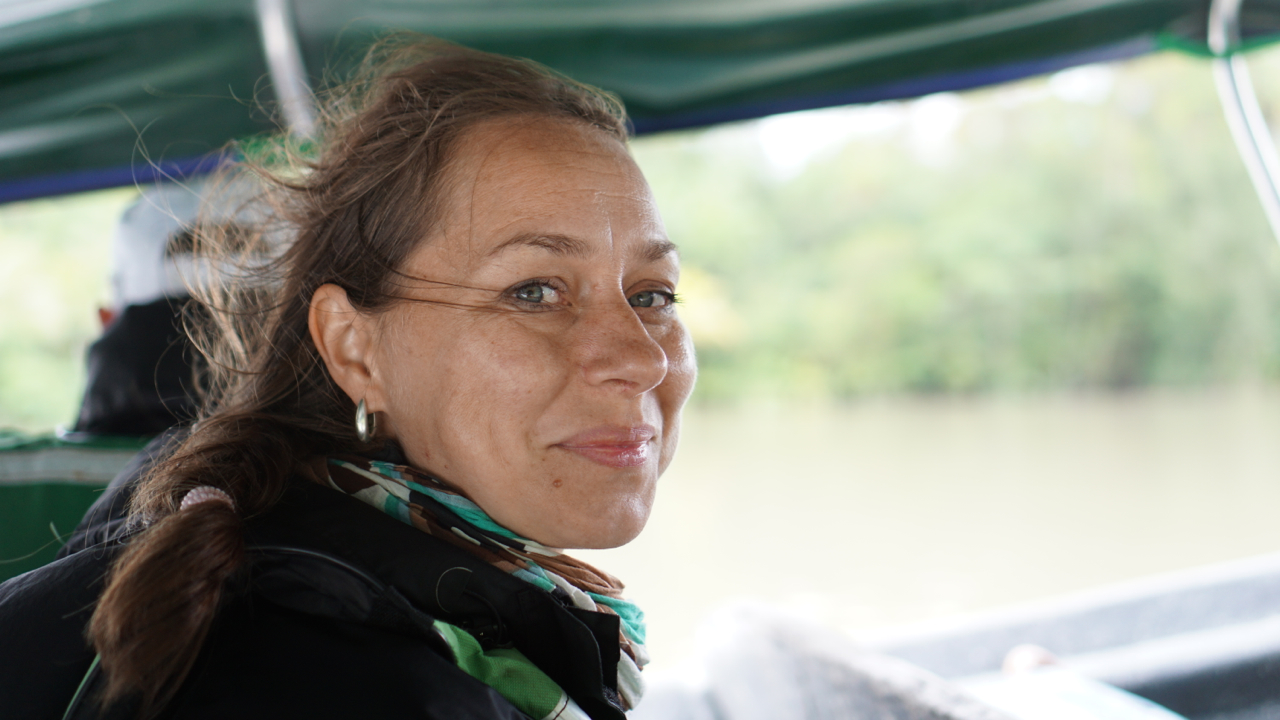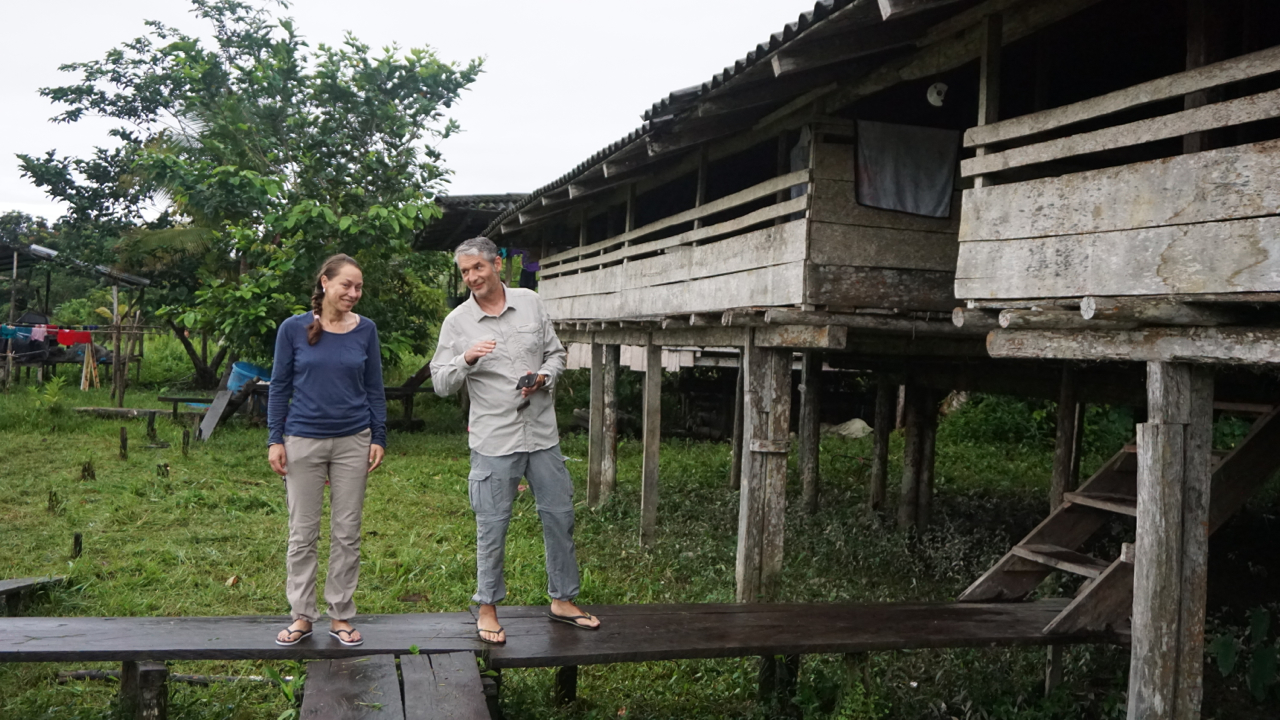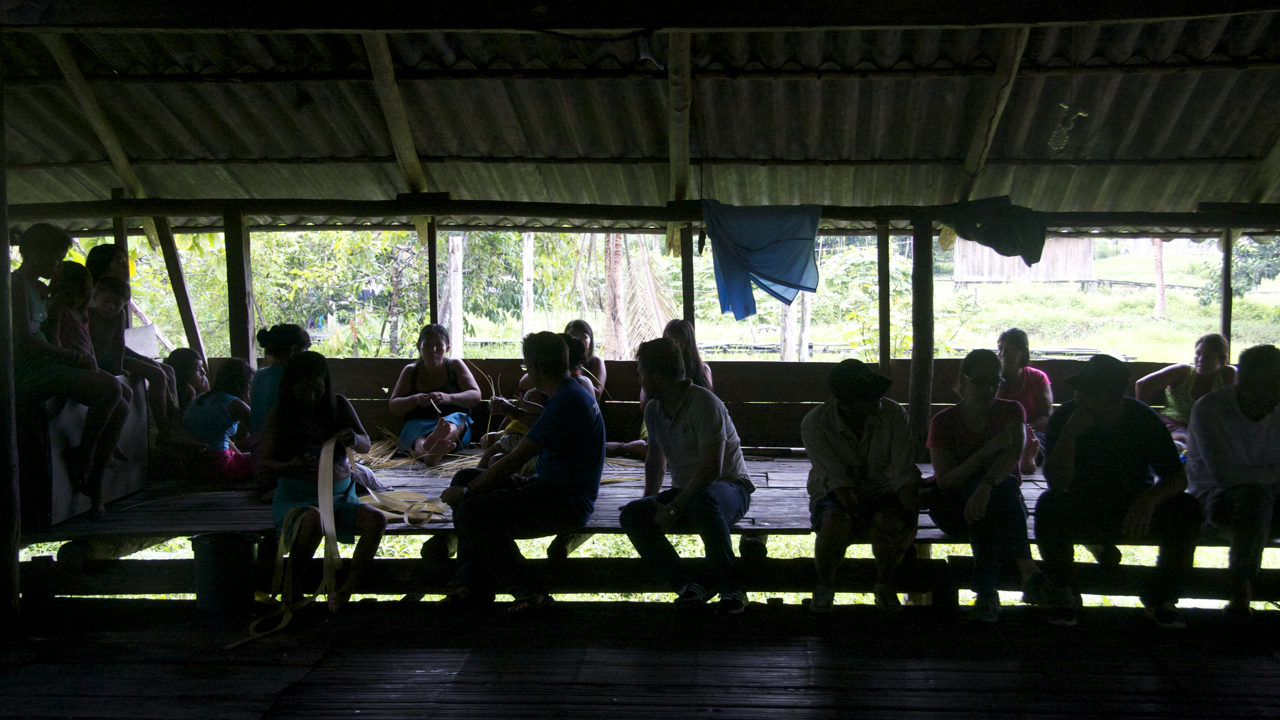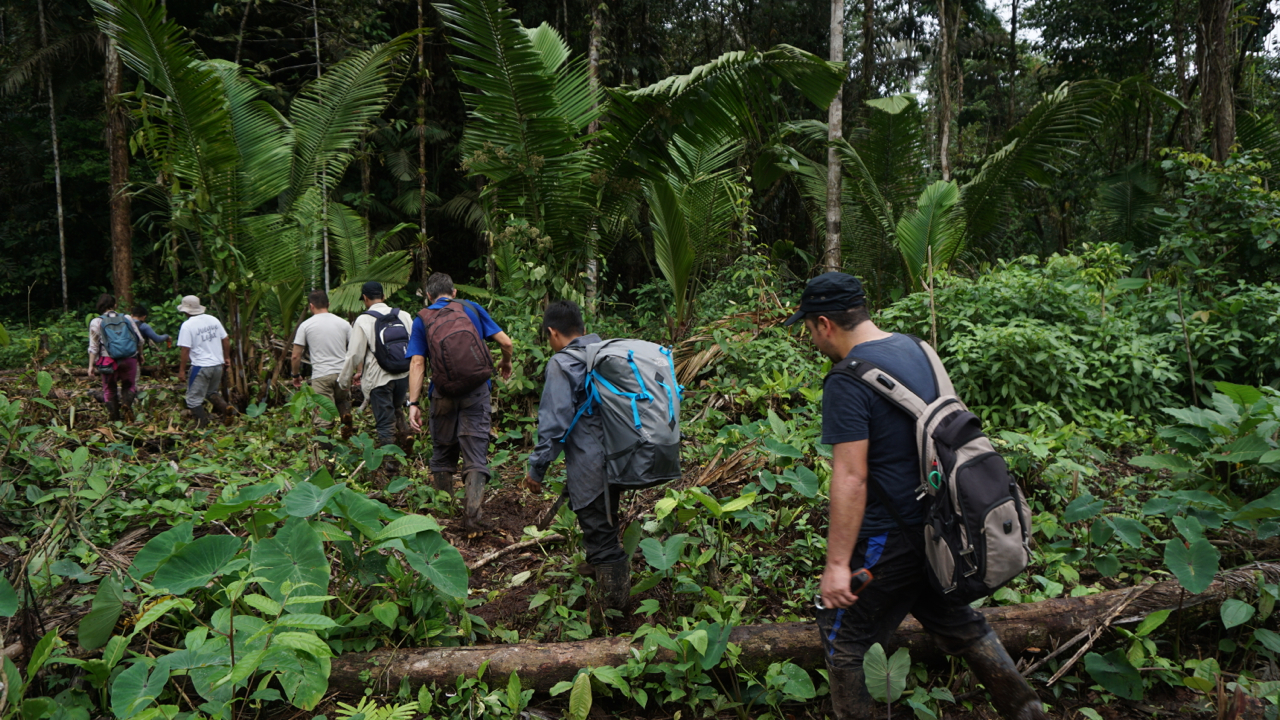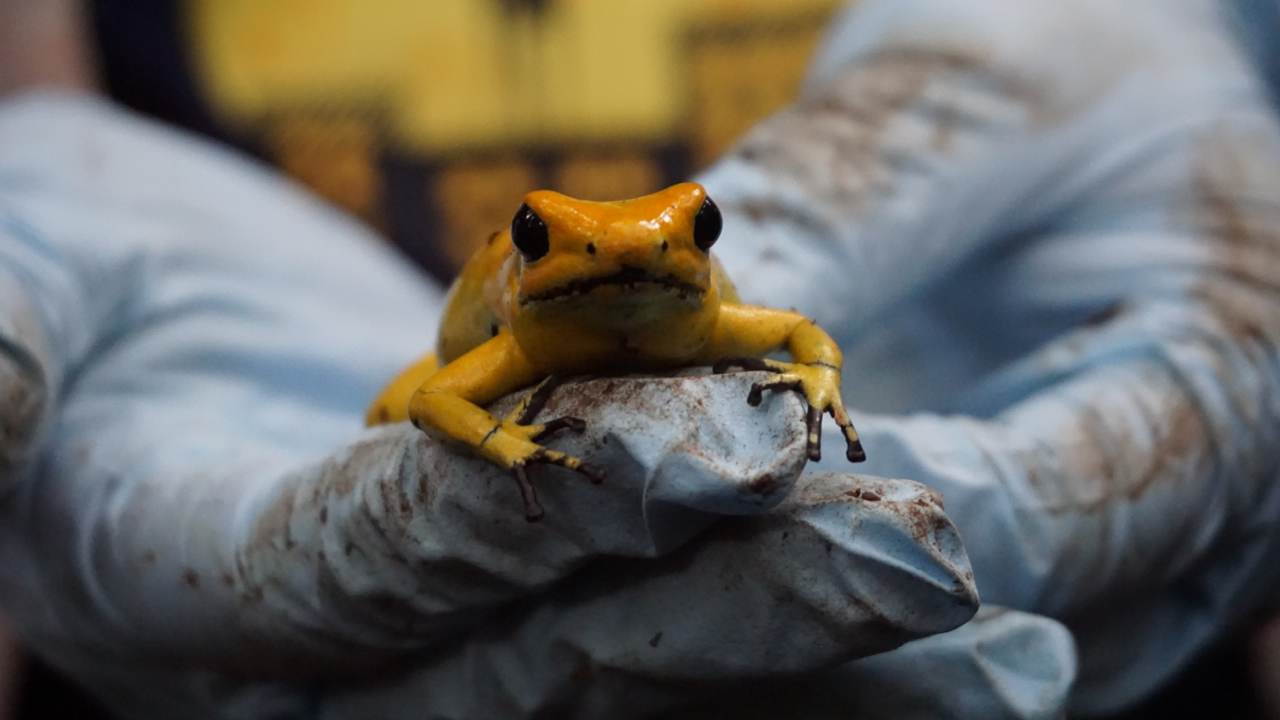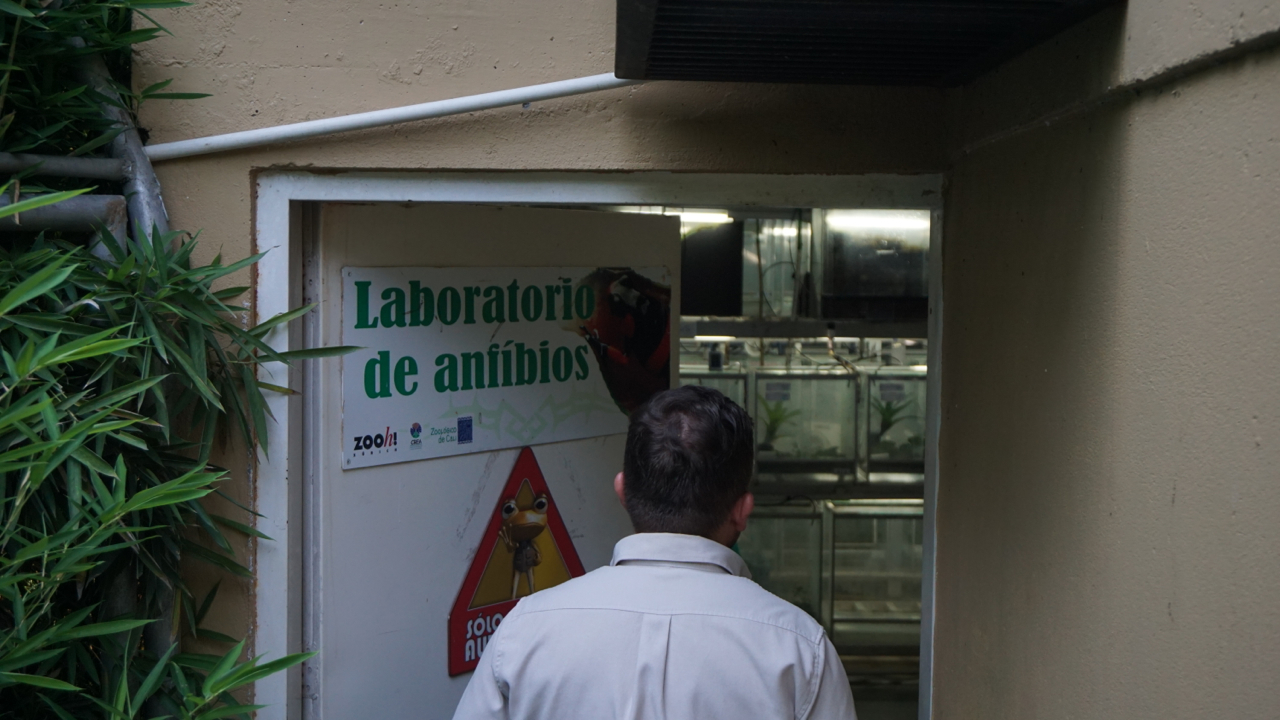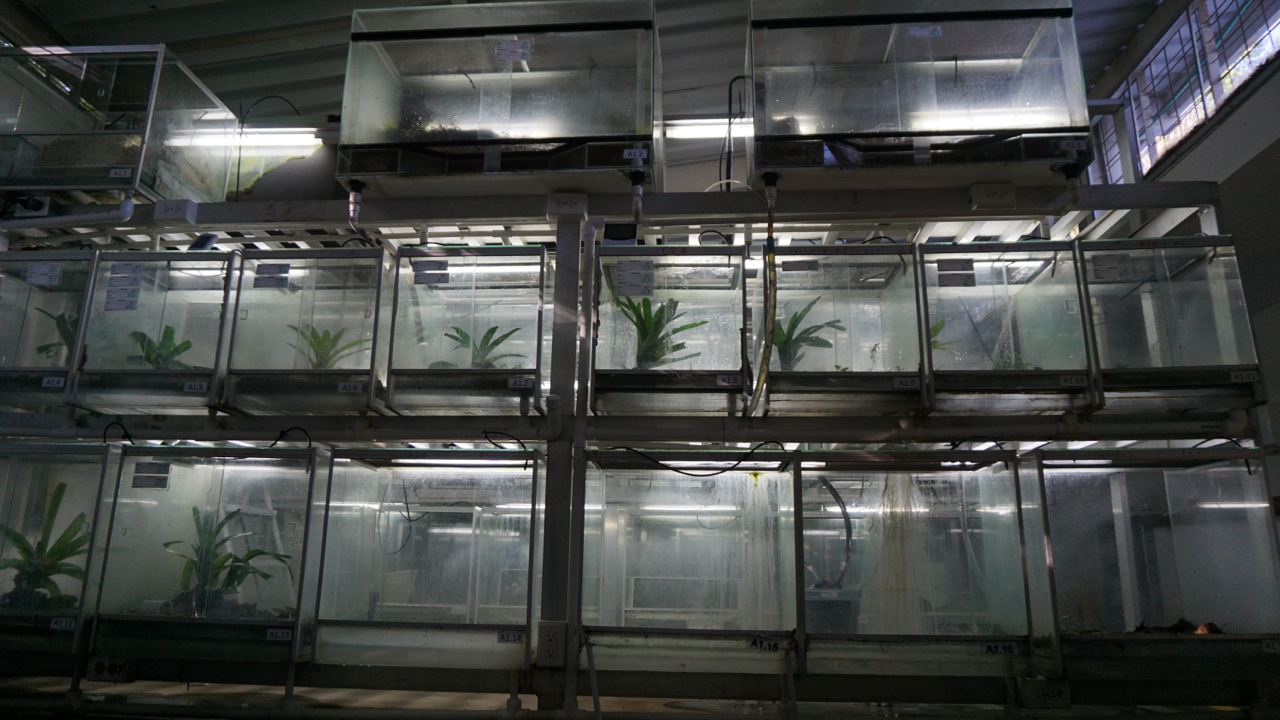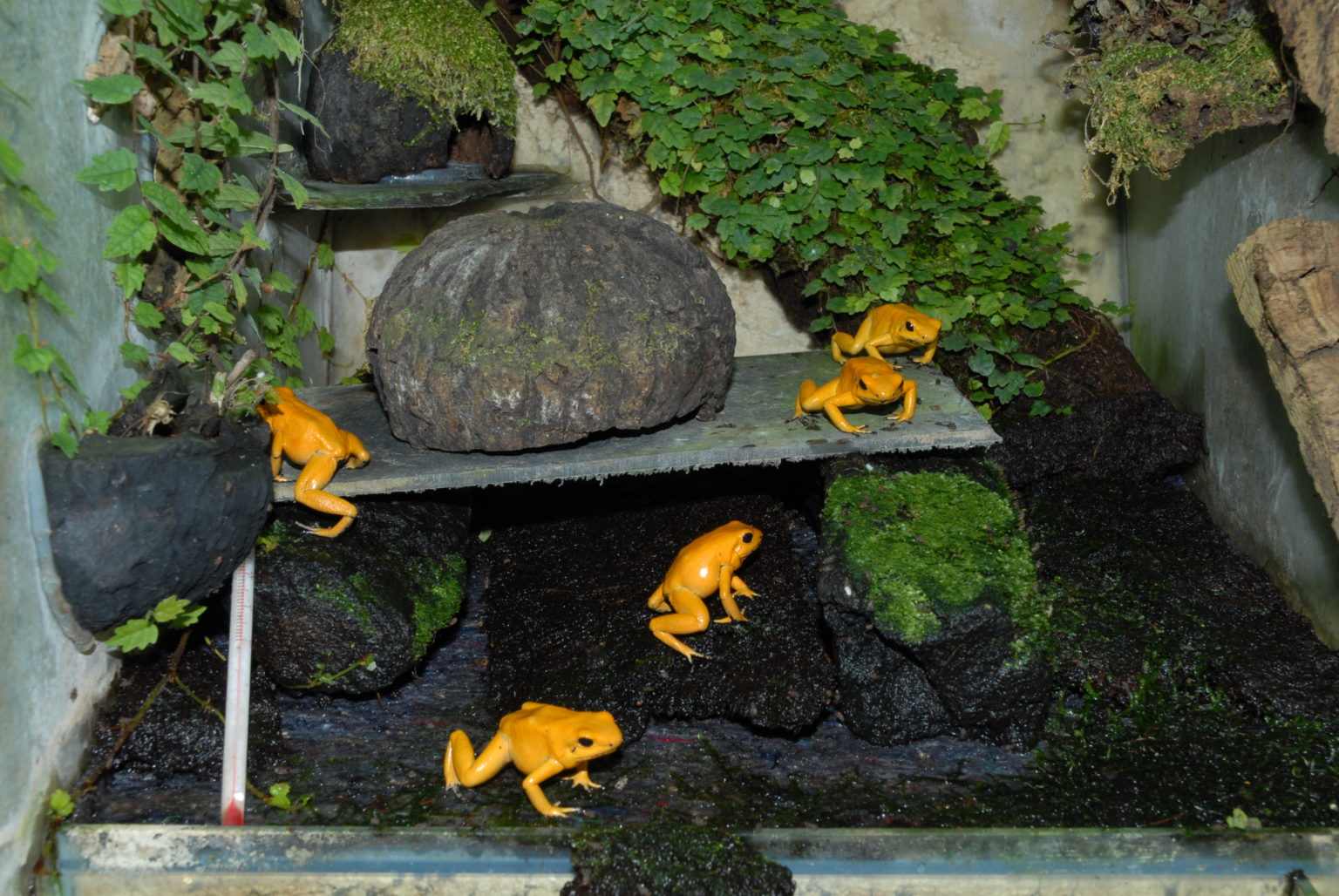Golden Poison frog
Phyllobates terribilis
Golden Poison frog
Phyllobates terribilis
CC goal
70 breeders
Status 11/2025
CC goal
225 animals
Status 11/2025
CC goal
70 breeders
Status 11/2025
CC goal
225 animals
Status 11/2025
It takes a considerable amount of self-confidence to hop across the rainforest floor as a froglet not even five centimeters long, basically a living appetizer, just like that, in the middle of the day, calmly, completely without cover.
Yellow alert
The golden poison frog, also known as golden dart frog or golden poison arrow frog, has every justification for this laissez-faire attitude: it is one of the most poisonous animals in the world. With the load of poison it carries around, it could easily kill 22,000 mice at one stroke – or six people. Its bright yellow coloration indicates this fact with appropriate clarity. Better not to touch it!
Live and let die
The frog toxin
Batrachotoxin is the name of the poison that the terrible one keeps in stock in his skin secretion. Translated, it simply means “frog poison”. He can’t actively apply it, so you don’t have to be afraid of the tiny creature. The only thing you shouldn’t do is swallow it – and it’s better not to touch it either, because the poison can also exert its effect if it enters the body via small wounds or mucous membranes. The Colombian natives in the Chocó, where the frog is at home, made use of this property. They collected the frogs with leaves instead of protective gloves, kept them in a kind of impromptu terrarium in woven baskets with leaf litter, and swept their arrows across the frogs’ backs to poison them for hunting. Birds or monkeys that were hit would immediately fall from the tree if such a poisoned arrow caught them. The frogs, however, were released back into the wild after their work was done.
No protection against chainsaws
No protection against chainsaws
In this way, the golden poison frog has probably even expanded its naturally very small range – as a living poison supplier and temporary pet, it was brought to other areas by humans and was thus probably able to open up at least one new habitat. But this is of no use against its worst enemy: the chainsaw. The deforestation of the rainforests is also progressing at an alarming pace in the remote northwest of Colombia: in order to obtain valuable wood, to make room for agriculture or for mining. The already very small distribution area of less than 1,500 square kilometers, with only five known sites of this species, is under massive pressure. All the deterrent coloration is of no use – this unique frog is in danger of becoming homeless.
Although it can be bred so easily, a coordinated breeding project is lacking so far.
Toxic cuisine without ingredients
Both in zoos and among private frog breeders, the golden poison frog has long been a popular and frequently bred species. Their keepers, by the way, are in no danger – once taken from the rainforest, the frogs gradually lose their toxicity. The offspring is completely non-toxic. The reason: the frog cannot produce its “frog poison” on its own. It needs substances that it ingests from its prey – ants, mites, centipedes, beetles – and then assembles into batrachotoxin. Food animals in terraristics do not have this, which is why the frog quickly loses its fright.
The offspring of golden poison frogs in a terrarium – a hope for the highly endangered species. © Heiko Werning
Terrarium backup
Although it can be bred so easily, there has been a lack of a coordinated breeding project that pays attention to the genetic diversity of the reserve population as well as possible intermixtures of different forms. Citizen Conservation is working to establish such a coordinated breeding and is also trying to clarify the genetic background of the animals we keep in order to preserve this frog, unique in every way, as it has evolved in the Colombian rainforest: terribly beautiful!
For breeders
Basic information on biology and breeding
Also suitable for beginners in keeping poison dart frogs. A medium sized, constantly humid-warm, well planted rainforest terrarium is required. Feeding is done with fruit flies, small crickets and similar. Larvae are best reared individually in small water containers. Detailed breeding guidelines for download will follow shortly.
